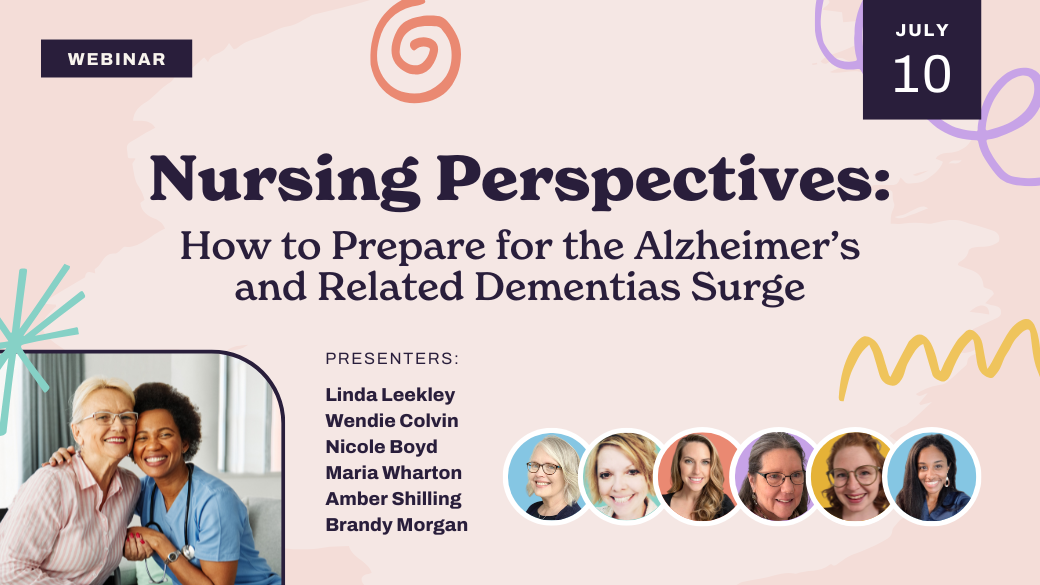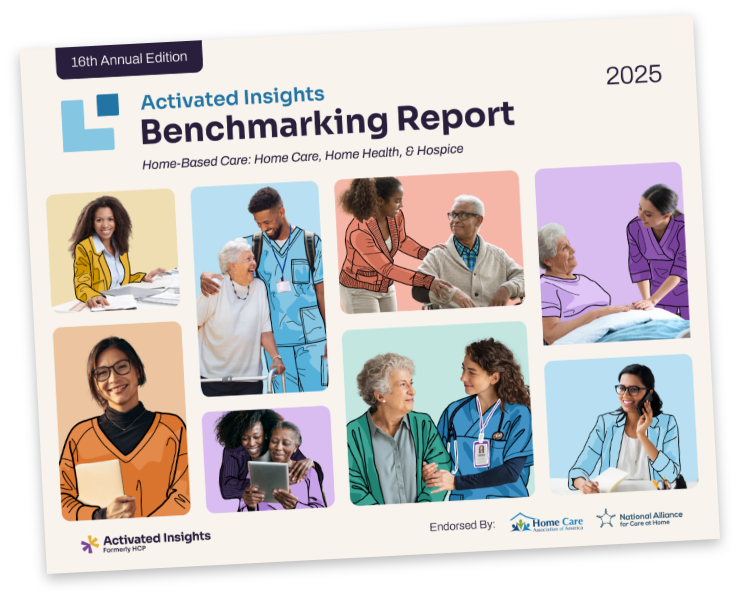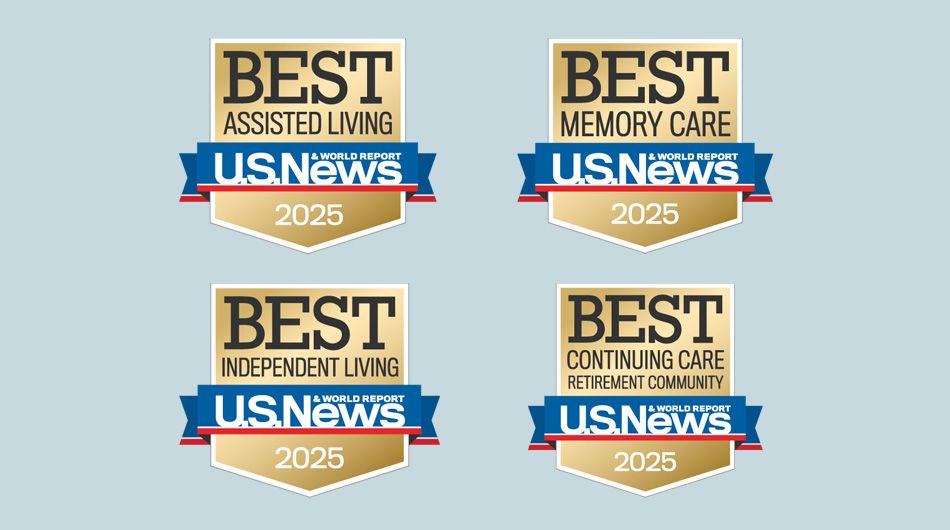Over time, health care, including hospice care, has become standardized. Care pathways and checklists guide our practice to ensure quality outcomes. While these tools are important, how do we keep from losing the patient and family in the process?
Having spent over thirty years working as a hospice nurse, person-centered care was integral to my practice long before it had a name. Listening carefully and respectfully to patients and families, having hard conversations, honoring choices, values, and goals, incorporating them into a care plan, and providing emotional support were the tools I used each day.
Over time, health care, including hospice care, has become standardized. Care pathways and checklists guide our practice to ensure quality outcomes. While these tools are important, how do we keep from losing the patient and family in the process?
A recent article in the October 29, 2023, issue of the Journal of Cardiac Failure discusses the impact of heart failure in the United States. Heart failure is a huge public health concern in the United States. 6.7 million Americans over the age of 20 are living with heart failure. Public health trending data paints a grim picture. One in four people will develop heart failure in their lifetime, resulting in over 8.5 million people living with heart failure by 2030. What does that mean for you? It means you know people who have or will develop heart failure, and you will be caring for more patients living with heart failure too.
Introducing Mr. Scott
Mr. Scott is an example of such a patient. He is 68 years old, a retired school principal, and a part-time woodworker. He has a long history of hypertension and heart failure. He has been hospitalized twice in the last 6 months for exacerbation of his heart failure. Mr. Scott is being discharged from the hospital. The discharge instructions feel overwhelming to Mr. Scott and his wife. They discuss what life will look like with all the restrictions and wonder what is next for them.
Heart Failure Management in the Post-Acute Setting
Successful heart failure care typically requires supportive services in the community setting. Patients and families may need private-duty home care support while the patient recovers strength and independence. Home health services are often ordered to support transitioning to a new medication regimen, a new way of eating, and a paced exercise program. Some patients may seek care in a senior living setting because their care needs can no longer be managed in their home. As heart failure progresses, hospice services may be introduced to maximize comfort as life ends.
Best Practices in Heart Failure Management
No matter the care setting, heart failure best practices include three areas of focus.
Despite the robust and standardized approach to the management of heart failure, a 2021 Medicare report states that 30% of patients hospitalized with heart failure are readmitted within 30 days, and up to 50% are readmitted within one year. Research shows that community support helps decrease these rehospitalizations.
Individualizing Heart Failure Management Using Person-Centered Care Concepts
What does patient-centered care look like in your organization? At Activated Insights, we incorporate person-centered care in our course content by ensuring we address the 6 key concepts. The importance of:
Mr. Scott’s Journey
Let’s apply the 6 Person-Centered Care Concepts to Mr. Scott’s journey. Mr. Scott returns home from his latest hospitalization. His discharge orders include restricting his daily sodium intake to 1500 mg and limiting his intake of red meat. His diuretic medication was changed, and a new beta blocker was added to his medication regimen.
Effective Listening – Valuable Conversations
The home health nurse learned the following in her conversation with Mr. Scott and his wife.
Emotional Understanding – Respecting Choices
The nurse continued the conversation to ensure she understood Mr. Scott’s feelings about the changes he was being asked to make along with the goals and choices for his care.
Shared Decision Making and Goals – Successful Care Planning
Together, they came up with a plan that respected Mr. Scott’s choices while also helping him reach his stated goal.
Mr. Scott’s Person-Centered Care Plan
Goal: Continue to enjoy meals with friends while learning to decrease his sodium intake.
Goal: Resume favorite activities.
Contrasting Care Plans
Unlike Mr. Scott’s personalized care plan, a standard care plan differs from one uniquely created for an individual based upon their care preferences.
A standard care plan can look like this:
Care providers then label the patient as non-compliant when they eat salty foods and red meat and skip their diuretic so they can go to a community event.
The question that arises then is, “Is the patient non-compliant, or does the care plan fail to reflect what matters to them?”
That question is at the heart of person-centered care.
Tying it all Together
A 55-year-old, newly diagnosed heart failure patient with the goal of attending a family wedding in a year may be motivated to transform their diet, adhere to a new medication regimen, and participate in a cardiac rehab program. An 85-year-old, newly diagnosed heart failure patient who sees his ability to continue his summer hiking adventures slipping away may choose an occasional anchovy pizza and skip their diuretic so they can comfortably attend a family picnic.
Which approach, person-centered care or standard care plan, is best for your patient, your family member, or for you? The only way to get it right is to have these conversations, identify goals, and then build a plan of care that supports success in what matters most.
May you be the provider who uses person-centered care concepts to enable success. May you be lucky enough to encounter such a provider when you and your family members need one.
Remember, compassion, empathy, and respect matter. Above all, incorporating patient and family needs, values, and desires into the care plan matters.
To learn more about applying person centered care concepts, check out the following Activated Insights blogs.
Learn More:
Related Posts











